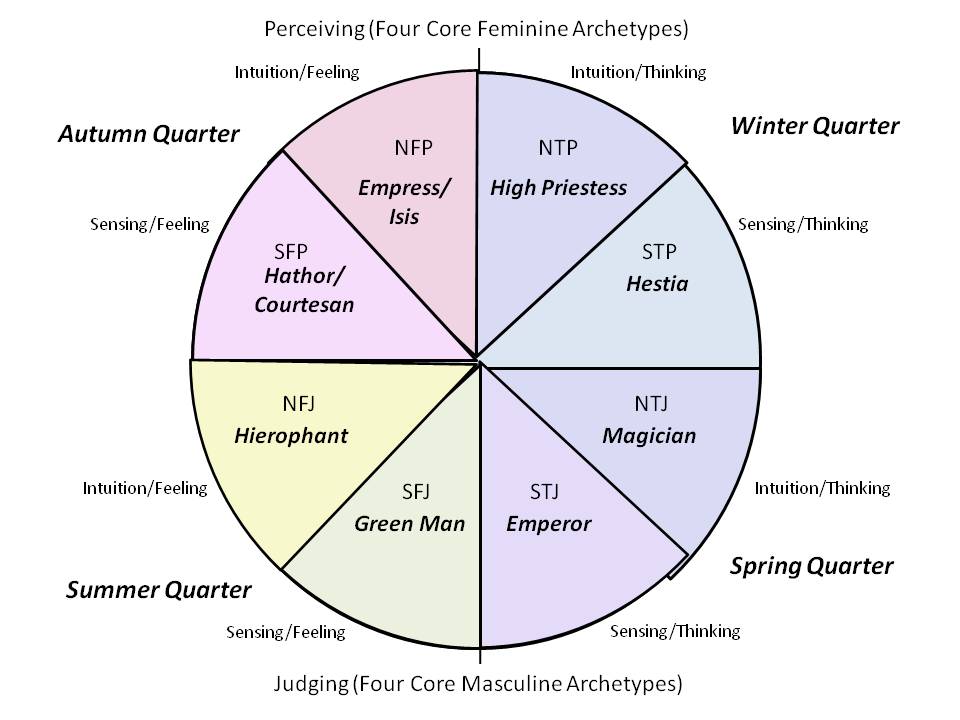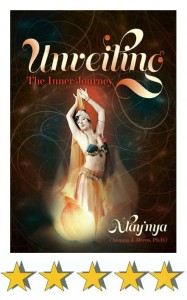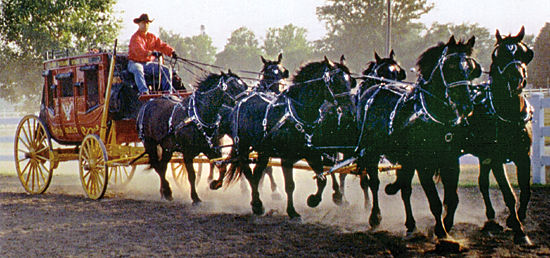Mapping the Eight Core Power Archetypes to the Jungian System
The “eight core power archetypes” – our personal “V8 power-car engine.”
One of the key points in Unveiling: The Inner Journey has been that we need all eight; we can’t be rigidly stereotyped into just one. This is a significant departure from the line of thinking first popularized by the Myers-Briggs Type Inventory, which suggested that not only were we predominantly in just one of these archetypal modes, but that we stayed there all our lives.
In contrast, a primary teaching of the Kabbalah (as depicted in the Major Arcana) is that we need to access each of our “power archetypes” – and integrate them, or develop the ability to call upon them at will.
In Unveiling, I defined six of these eight in some detail. I showed how these archetypes related to the Jungian-based Psychological Types, and the more recently-espoused (and simpler) Personality Types. I also showed how the types correlated with the the first six “cards” of the Major Arcana, which provides the connection to the Kabbalistic system. And I further showed how they referenced back to the four core archetypes first intuited and defined by Antonia Wolff, in her breakthrough work Structural Forms of the Feminine Psyche.
More recently, in these blogposts, I’ve been showing how the archetypal systems used by various current thinkers – e.g. Moore and Gillette – have components of the full system. (I also identify where they miss a crucial archetype or two.)
In short, I propose that the archetypal system that is described here is essentially a “periodic table for the human soul.” We need each of the ones described, and in the order given. Each is essential.
The following figure shows, for the first time, the full set of eight core archetypes, and their correlation with the Jungian system.

Core archetypes octant chart – each archetype (each octant) corresponds to one of Jung’s Psychological Types (discounting the introversion/extroversion distinction).
In future posts, I’ll walk through this figure in some detail, describing not only each archetype, but its relation to others and also its role in our personal growth and integration-journey.
To your health, well-being, and life-integration in this year ahead!

Alay’nya – author of Unveiling: The Inner Journey
Very best wishes as discover and empower each of your core archetypes during your own inner journey!
Alay’nya
(Alianna J. Maren, Ph.D.)
Author of Unveiling: The Inner Journey
You are the Jewel in the Heart of the Lotus. Become the Jewel!
The Unveiling Journey blog details the theory – archetypes, life journeys, integration.
To experience your own Journey in a structured, safe, and gentle (yet effective) setting, visit Alay’nya’s website, and consider either a workshop with Alay’nya or one-on-one coaching.
Resources
- To learn about upcoming workshops with Alay’nya, go to Alay’nya’s website.
- To study Oriental dance with Alay’nya, go to Alay’nya Studio – Instruction, and visit the Curriculum page (forthcoming) for class content and resources .
- To order an autographed and gift-wrapped copy of Unveiling, go to the Unveiling order page.
Connect with Alay’nya and the Unveiling Community
- Check out Alay’nya’s YouTube Channel
- Connect with Alay’nya on Facebook
- Follow Unveiling: The Inner Journey on Facebook
This blog series develops themes originally published in Unveiling: The Inner Journey, published by Mourning Dove Press.
Unveiling currently has twenty 5-star Amazon reviews, and has been recommended by luminaries:
- Dr. Christiane Northrup – “This book is delightful”
- Midwest Book Review, in Bethany’s Books – reviews by Susan Bethany – “highly recommended”
- Nizana al Rassan, writing for (the now out of circulation) iShimmy.com – “a fascinating read with so much wisdom and solid advice.”
Julie Marie Rahm, aka America’s Mindset Mechanic on Unveiling: The Inner Journey
What does Julie Rahm, America’s Mindset Mechanic and author of Handle Everything: Eight Tools You Need to Live Well and Prosper have to say about Unveiling: The Inner Journey?
Julie writes:
Unveiling is the definitive guidebook for women who want to experience lives of joy and fulfillment, and who just want to exhale into each day. Alay’nya reveals powerful, personal stories of her own life journey to fascinating womanhood, sensuality, and self-acceptance in ways that struck me like a velvet hammer. Her fresh approach to living illuminated my own bind spots. It is impossible to read Unveiling without awakening to new and possibly shocking self-awareness. For women ready to make real and lasting changes toward enlightenment and bliss, Unveiling is a must-read..”
Read this and more reviews of Unveiling: The Inner Journey.
|
Paper |
Kindle |
|||
Julie Marie Rahm, America’s Mindset Mechanic
Check out Julie Marie Rahm!
Julie Marie Rahm, America’s Mindset Mechanic and author of Handle Everything: Eight Tools You Need to Live Well and Prosper and also Military Kids Speak (great for parents, teachers, and coaches of military kids) uses a great technique that can help you clear energy blockages, ranging from those from this life through the influence of your ancestral karma. Connect with Julie at info (at) americasmindsetmechanic (dot) com to learn more about how she can help you.
Books by Julie Marie Rahm, America’s Mindset Mechanic
|
Kindle
|
Kindle
|
|||
Copyright (c) 2013, Alay’nya (Alianna J. Maren, Ph.D.). All rights reserved.
Blog originally posted December 28, 2011. Revised and updated, October 22, 2013.
Related Posts: Archetypal Roles and Everyday Life
- Six Top Blog Posts for The Unveiling Journey – Six years, more than 100 posts, and six are the all-time winners. See the countdown, and find which one I recommend the most!
- Hathor or Hierophant – Who’s on Top? – More than just discussing two specific core power archetypes (pleasure-goddess Hathor and guru/guide Hierophant), this addresses our internal dynamics as our masculine and feminine archetypes each vie for power.
- Unveiling “Archetypes” and Franklin-Covey “Roles” – A Useful Synergy and Connection – Practical musings – the Franklin-Covey Day-Planner system has us identifying various “roles” and making sure that we give time to each – we can cultivate each of our inner archetypes by matching them with our “roles” and planning time/activities for each role.



